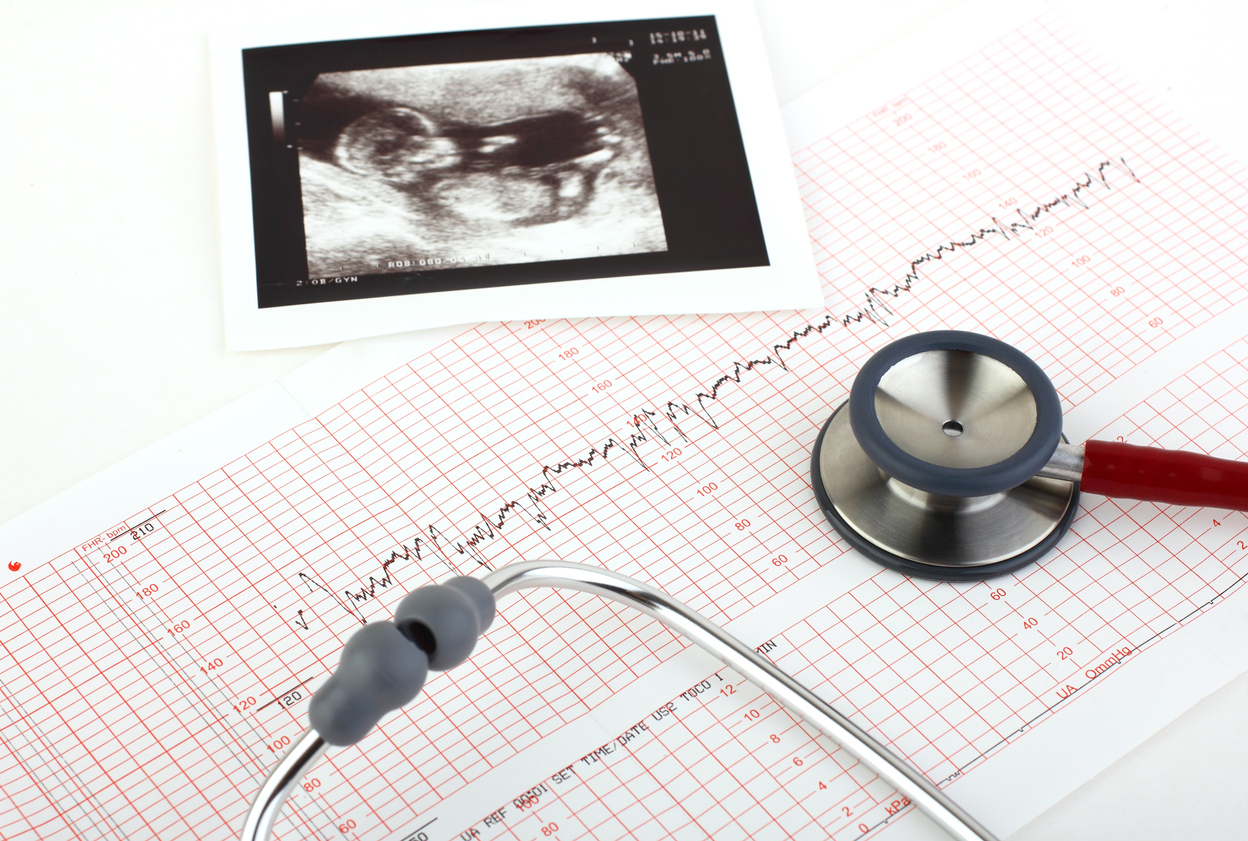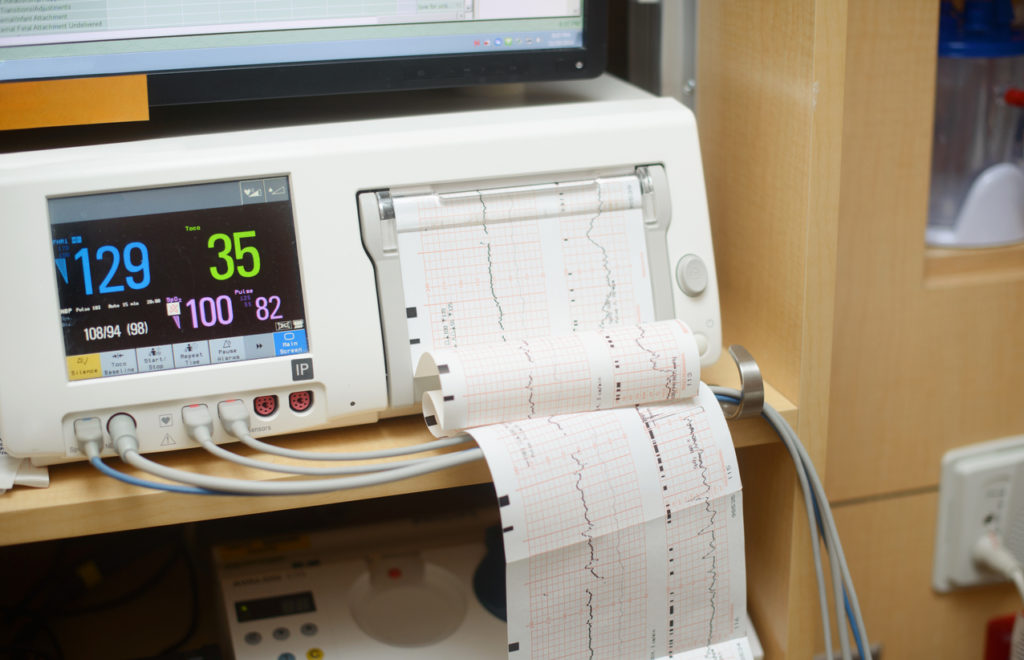
Birth injury lawyer at BICC solves 12 year old case
Fetal Monitoring and Birth Injury Lawsuits
Any competent birth injury lawyer knows that many birth injury cases involve an aspect of electronic fetal monitoring (pictured below).

Oftentimes, the allegation is that the doctors and nurses failed to timely react to signs on the monitor that the baby was in distress. In fact, Birth Injury Cold Case and the birth injury lawyers at Wais, Vogelstein, Forman & Offutt, LLC have litigated hundreds of those types of cases.
As such, when investigating a case, fetal monitoring should be ordered at the beginning of any investigation. Indeed, the fetal monitoring is often the key to solving a birth injury lawsuit.
Finding a birth injury lawyer for Shawna
Tierra Phillips gave birth to Shawna Phillips on October 13, 2002. Tierra's pregnancy was uncomplicated. At 39 weeks, Tierra presented to the Defendant Hospital with severe abdominal pain. Per protocol, the nurses caring for Tierra started fetal monitoring and contraction monitoring.
Shortly after admission, a medical student performed a vaginal exam. Tierra's cervix was closed and thick. Importantly, no blood was seen in the vaginal vault.
According to the nursing flow sheets, the fetal monitoring was showing signs of fetal distress. Shawna's heart rate was flat and there were decelerations. After 30 minutes on the monitor, a decision was made to perform an emergency c-section.
Unfortunately, an operating room was not open and so there was a delay in performing the cesarean section.
Ultimately, Shawna was delivered by c-section. The c-section was completed 50 minutes after the decision was made to perform it.
At one year old, Shawna was diagnosed with spastic quadriplegic cerebral palsy. All of Shawna's treating health care providers agreed that Shawna had suffered a lack of oxygen to her brain around the time of delivery. This resulted in hypoxic-ischemic encephalopathy (HIE). The Phillips' then went searching for a birth injury lawyer.
The fetal monitoring strips go missing
About two years after the delivery, Shawna's parents started searching for a birth injury lawyer. The first firm that took the guess followed all of the right steps. They ordered all of the medical records, including the fetal monitoring strips.
However, the Defendant Hospital responded that they had "lost" the fetal monitoring strip (see below for a sample of a strip).

Without the fetal monitoring strip, this birth injury case would be impossible to solve. Though the nursing notes describe the tracing, the tracing (or strip) is needed to prove a delay.
Sadly, the first birth injury lawyer and firm told the Phillips' that they could not prove Shawna's case.
Shawna's parents decided to call another firm.
For 10-plus years, the Phillips' looked for a birth injury lawyer / birth injury law firm. Every firm said the same thing - without the fetal monitoring strips the case cannot be proven.
The Phillips' call the birth injury lawyers at Birth Injury Cold Case
In 2014, the Phillips' decided to try one more time. They called the birth injury lawyers at Birth Injury Cold Case. Of course, it was very clear that the fetal monitoring strips were lost. The Birth Injury Cold Case team told the Phillips' that solving the case was a long-shot given this issue.
Many hospitals utilize storage companies to store old medical records off site. Therefore, one of the birth injury lawyers at BICC wondered if the fetal monitoring strips were at an off-site storage facility. But, what facility? And what if the facility would not share the information?
After months of sleuthing, the BICC found the off-site facility utilized by the Defendant Hospital. Initially, the storage facility refused to acknowledge whether they possessed any of Shawna's records. The BICC team then initiated a friendly-suit to get a Court to answer whether the facility needed to comply with our request for Shawna's records.
In late 2014, the facility gave up the fight and turned over the records.
Did the records have the fetal monitoring strip?
When the records arrived at our office we were shaking with anticipation. We did not know if the fetal monitoring strips were in the records provide by the storage facility. All told, there were about 700 pages of Shawna's records that were produced. They were examined carefully...
...and then...
JACKPOT!
Amazingly, the fetal monitoring strips were in the records. To this day, we do not know how the hospital "lost" the records, or why they ended up at the storage facility. But they were found.
With the fetal monitoring strips in hand, we were able to get experts to support the case. In 2015, a birth injury lawsuit was filed by our birth injury lawyers for Shawna's injuries and cerebral palsy. After 18 months of litigation the case settled for enough money to take care of Shawna for the rest of her life.
Case closed!
